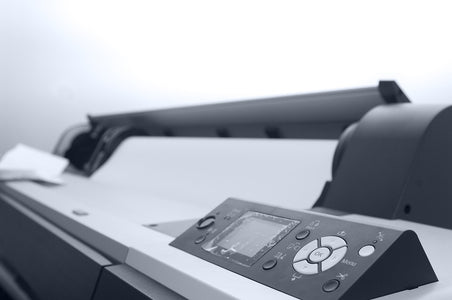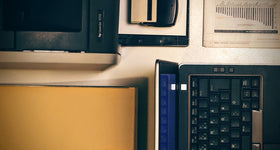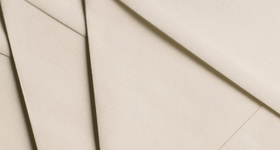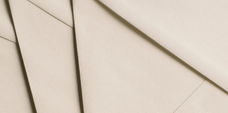
Types of Printers
- May 05, 2011
Types of Printers
Most modern printers available in the retail market are based on one of two technologies: inkjet or laser. The different technologies used result in considerably different printing properties and cost effectiveness to the end user. Here, we briefly review the differences between the technologies and how they might influence your choice of which printer type to purchase.
Inkjet Technology
Inkjet printers work by spraying tiny drops of colored liquid ink to construct the image being printed. These drops can be made very small in order to give the printer a very high resolution, and so inkjet printers tend to produce better photographic-quality printouts compared to laser printers. Inkjet printers are also marketed primarily to the home user. These printers therefore tend to have a small size so they fit anywhere conveniently, and many models can be purchased for under $100. However, despite the less expensive initial purchase price, inkjet printers cost more to operate than laser printers on a per-page basis. This is because the ink cartridges are often expensive and only yield a few hundred sheets per cartridge. Some inkjet printers sell for under $50, but each new ink cartridge costs almost $50 – as much as the printer itself!
Laser Technology
Laser printers work by heating a fine plastic powder (toner) until it bonds with the paper to create the desired image. This process yields some very different characteristics from inkjet printers. First, the laser printing process is much faster than the inkjet printing process because the bonding of laser toner to the paper is almost instantaneous, while inkjets must wait for ink to dry and can cover only a very small area with the print cartridge. Another interesting difference is that while inkjets are better at printing detailed color photos (due to their ability to place different ink colors at precise locations on the page), laser printers can print finer detail for single-color images such as text. Laser printers also cost less to operate than inkjet printers because each toner cartridge usually yields thousands of pages. Although these printers cost less to operate than inkjets, they are usually more expensive to purchase in the first place. Laser printers that only print in black and white can often be had for price that is competitive with inkjets, but if you want a color laser printer you will have to pay several hundred dollars for your investment.
As is often the case, there is no “best” technology and your choice of printer purchase really depends on your expected printing needs. An inkjet is indicated for users who do not print often, but who want to print a variety of document types ranging from black-and-white text to photos. If you will not print many pages, the investment in a laser printer is not worth it. Users who want true photographic quality printouts will also require an inkjet printer. On the other hand, if you are going to use your printer very often and will print many pages daily (as is often the case with a business), investing in a laser printer is your best option because of the much lower per-page cost.
As a final note, there is one other printer technology type that is not quite as mainstream as inkjet or laser technology. This technology is called solid ink printing and it is available only from Xerox. These printers are also called “wax printers” because they work by melting a stick of solid ink and applying the melted ink to the paper where it re-solidifies to create the permanent print image. As with all printing technologies, it has its advantages and disadvantages. Solid ink printers can create very high-quality images even on low-quality paper because the solid ink rests on the surface of the paper and creates its own distinct, glossy feel for the printed document. However, the solid ink printouts are somewhat fragile. Solid ink can be scraped off of a page with a fingernail, unlike inkjet ink or laser toner. Additionally, a solid ink document cannot be run back through a laser printer for further printing because the heat from the laser will melt the solid ink.
More About 
Since 1995, we've hung our hats on delivering quality paper with an exceptional customer experience. When shopping with us, you'll discover a wide range of blank business cards, cardstock, stationery, greeting cards, menus, and more! If you ever have any questions, please don't hesitate to reach out.














